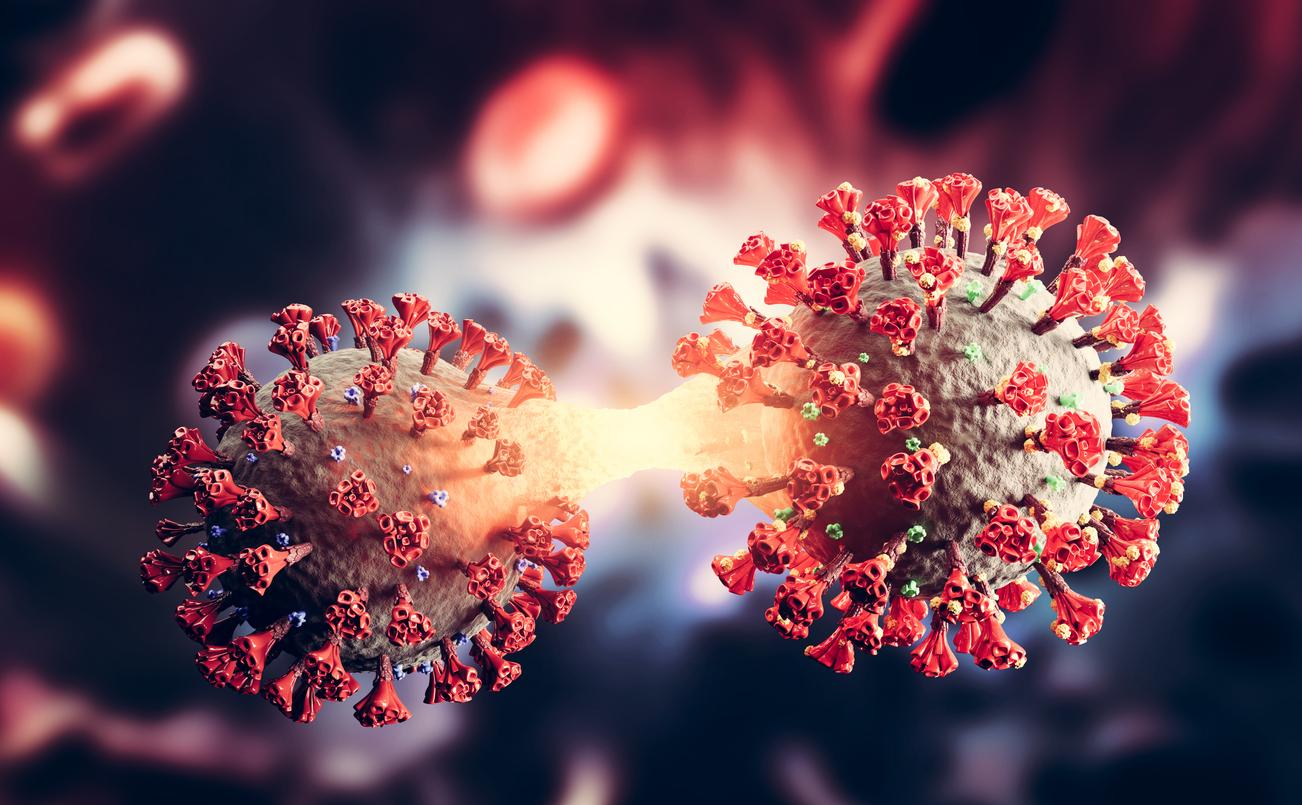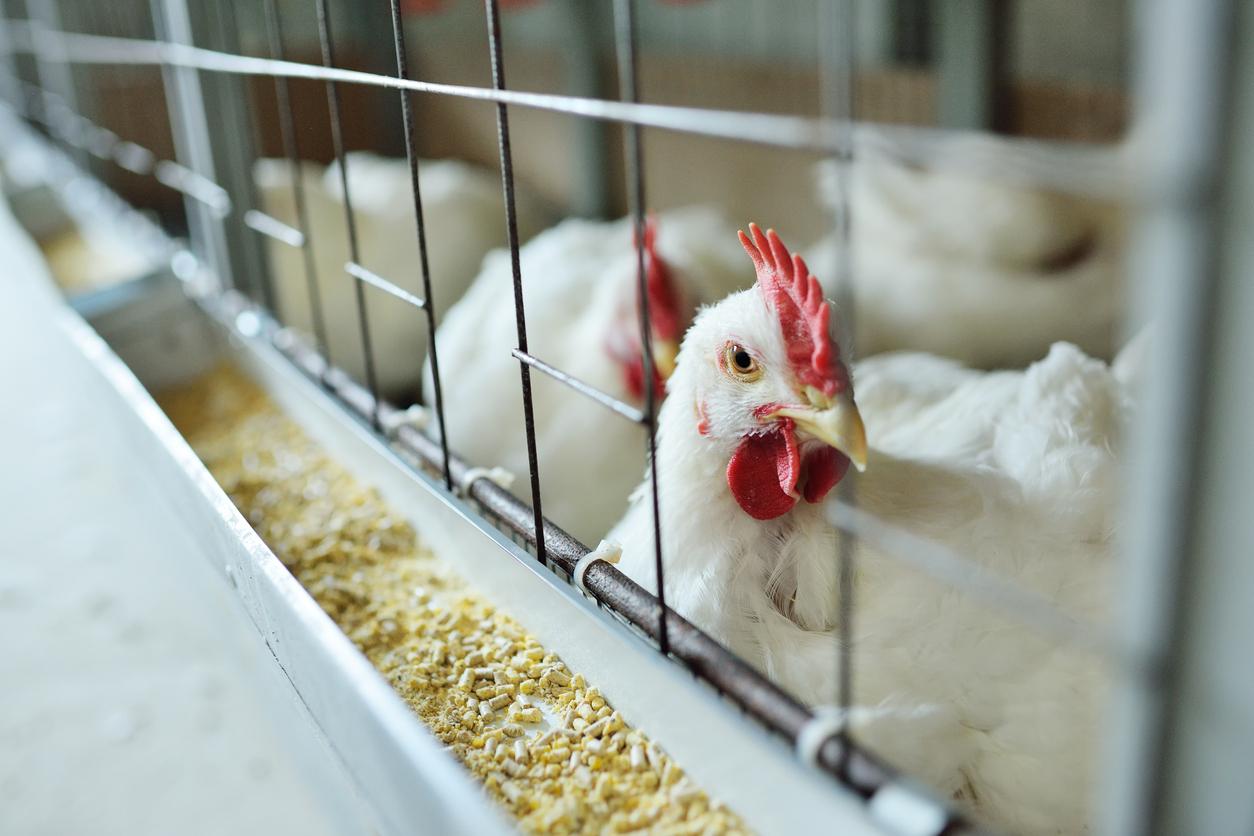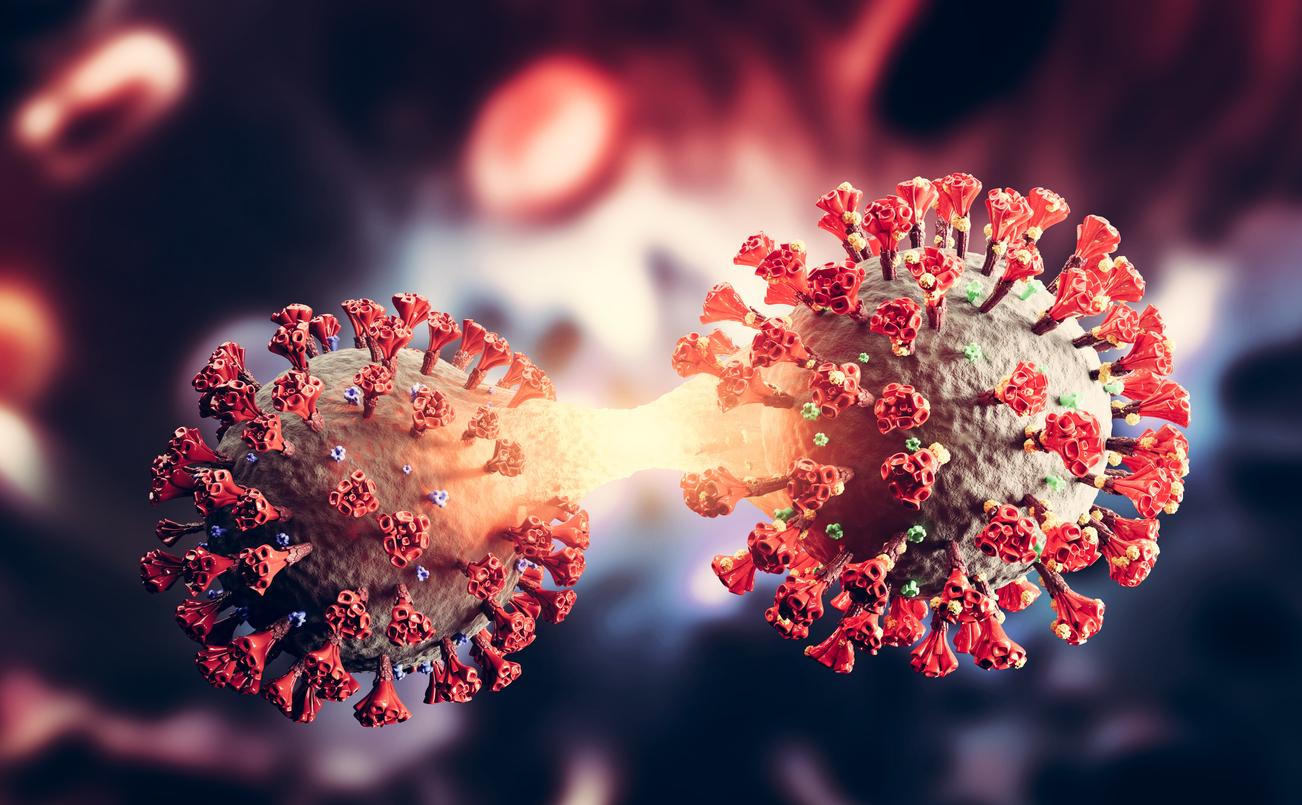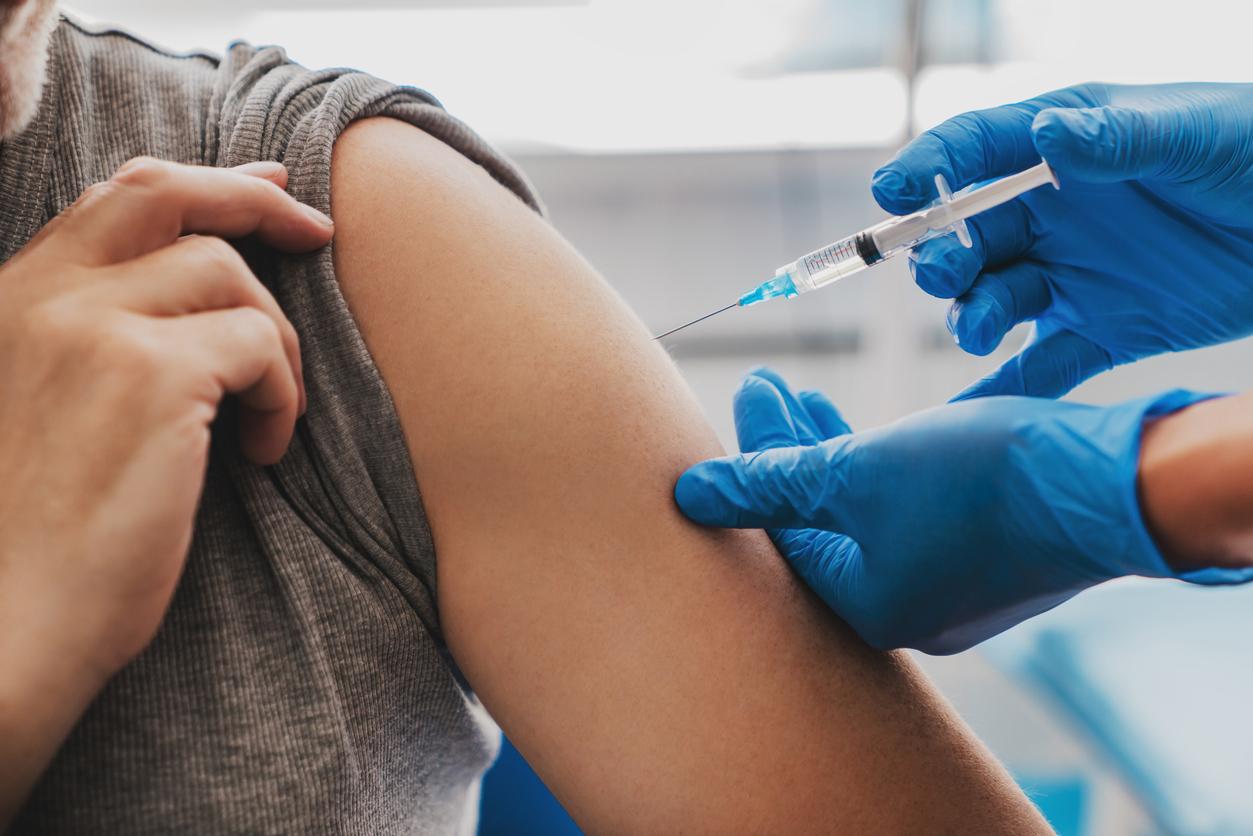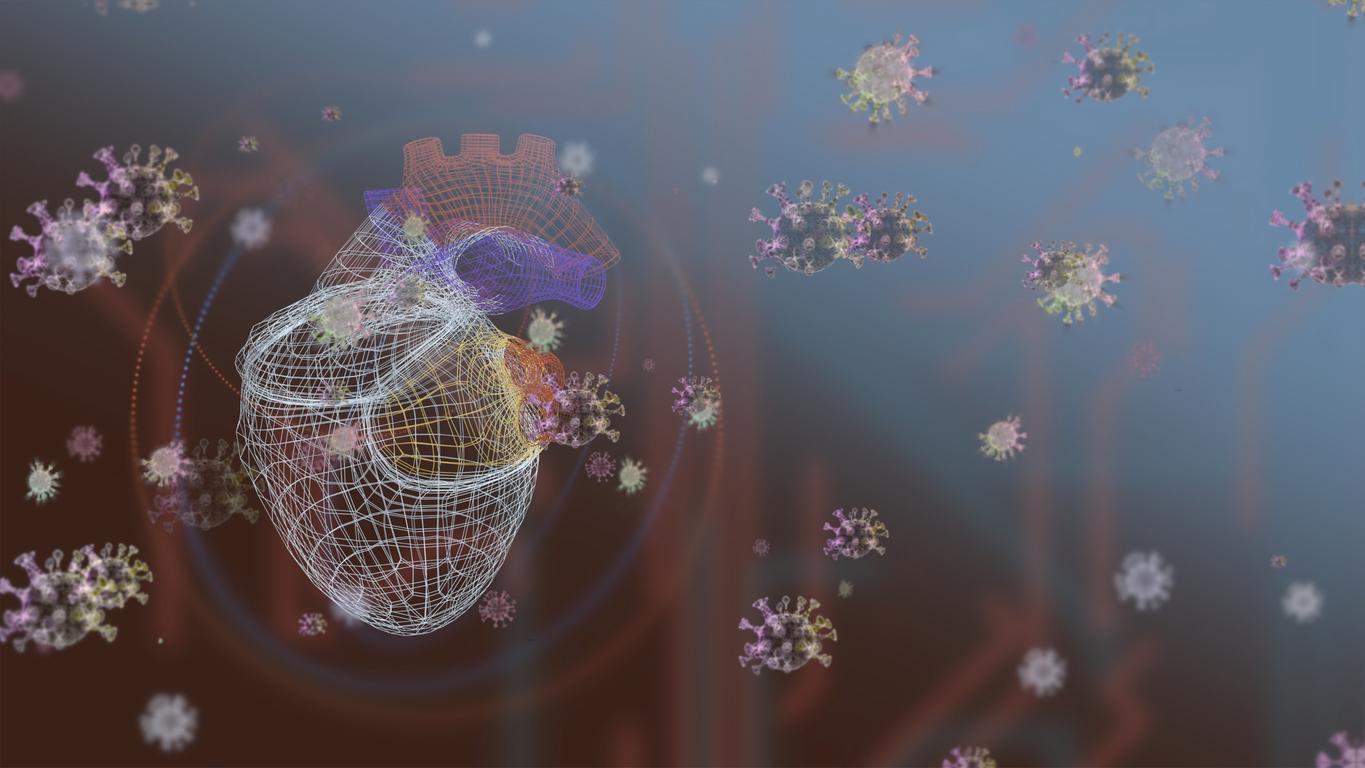The study of the movements of 100 million Americans has made it possible to specify the most important places of contamination, including restaurants, sports halls, cafes, bars and even hotels.
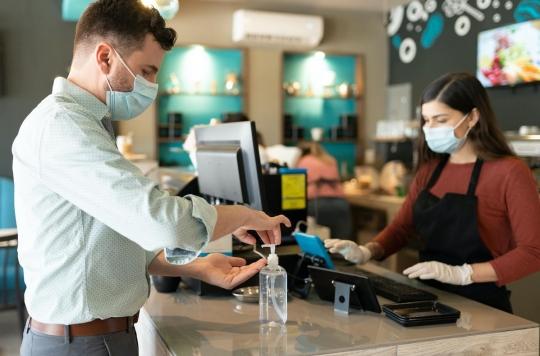
- In Chicago, for example, 85% of contaminations took place in 10% of places frequented by the public.
- The longer you stay in crowded places, the greater the risk of contamination.
- Limiting the number of people in high-risk places is effective in controlling the spread of the epidemic.
A new study, published on November 10 in the scientific journal Nature, reinforces government containment restrictions. According to this, which is based on the analysis of the movements of nearly 100 million Americans, restaurants, gyms, cafes, bars and hotels appear to be the places with the highest risk of contamination. This research was conducted by scientists from Stanford University in 10 major US cities between March and May.
A study published by Nature is based on the geolocation data of 98 million individuals to determine the places where we become more contaminated. Verdict? Restaurants, bars and gyms may have to remain closed for a long time… https://t.co/IRuAuniea5 pic.twitter.com/S5DuxkXVsp
— fipaddict (@fipaddict) November 11, 2020
Not all in the same boat
The researchers relied on anonymized mobility data, collected using smartphones, to track the movements of citizens hour by hour. Their objective was to understand the evolution of the epidemic during the first wave and to define the places most at risk for catching the virus. The results show that the vast majority of infections take place in a narrow circle of locations. In Chicago, for example, 85% of contaminations took place in 10% of places frequented by the public. Among them, the restaurants would have caused, with an unrestricted reopening on 1er May, more than 600,000 new contaminations.
The study concludes that the longer you stay in crowded places, the greater the risk of contamination. This statement, which seems logical, confirms why restaurants, sports halls and cafes are at the top of the list of places at risk. Conversely, pharmacies, information stores or car dealerships, where one is passing through, present less risk of catching the virus. In addition, the researchers found that contamination is greater in poor neighborhoods which have a higher occupancy rate.
Limit reception capacities
“This work is particularly precise and sticks with numerous observational studies.reacted Vittoria Colizza, modeling specialist and research director at Inserm, at Figaro. Environments where it is impossible to maintain social distancing are the most risky. It seems obvious, but studies like this make it possible to quantify the risks and must guide our decisions to deconfine..”
The researchers also believe that limiting the number of people in places at risk is effective in combating the spread of the epidemic. In Chicago, they argue that opening businesses with only 20% of their capacity would only lead to a 10% increase in cases, compared to 39% without any particular limitations.




